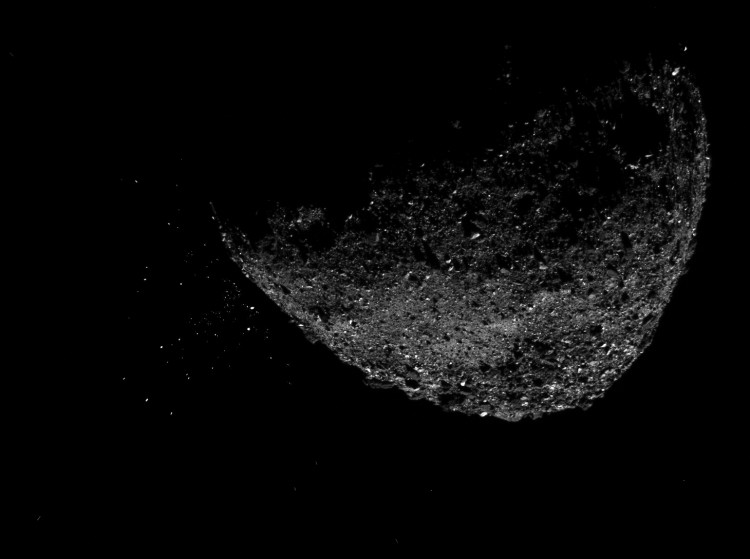A newly discovered asteroid the size of a car just swooped past Earth, the closest-known flyby without hitting our planet.
Initially labeled ZTF0DxQ, the asteroid is now formally called 2020 GQ. It flew by Earth on Sunday, Aug. 16, and is now being dubbed the closest asteroid flyby ever recorded that didn't hit Earth. NASA officials said that it's the closest known, non-impacting space rock.
The flyby was not expected and shocked many. According to Palomar Observatory astronomers, they were not able to detect the swooping asteroid until about six hours after the rock's closest approach.
"The asteroid approached undetected from the direction of the sun," director of NASA's Center for Near Earth Object Studies Paul Chodas told Business Insider. "We didn't see it coming."
Due to its size, 2020 QG would most likely have posed no danger to people on Earth if it had reached our planet. Nevertheless, the close encounter is alarming, because astronomers did not have any idea that the asteroid existed until the flyby happened.
The flyby was also swift, as the 2020 QG blazed at a whopping 27,600 mph near Earth. The space rock would be about the size of a compact car, maybe about 10 to 20 feet in diameter.
NASA just recognizes only a handful of these Near-Earth Objects (NEOs). Most will not cross the line of sight of any telescope and in recent years, many highly hazardous asteroids have snuck up on scientists. This might kill tens of thousands of people if the wrong one fell through the holes of our NEO surveillance technology.
NASA is constantly monitoring the sky for threats of this nature, as Congress has mandated since 2005. Nevertheless, the organization has been tasked to detect just 90% of asteroids greater than around 460 feet in diameter, which are branded as "city killers."
NASA announced in May 2019 that it had detected fewer than half of the approximate 25,000 bodies of that size or greater. And of course, that doesn't include smaller rocks. Asteroids that come from the sun's path meanwhile, like QG 202, are notoriously hard to detect.
The 2020 QG flew over the Pacific Ocean, far east of Australia just after 4 a.m. Universal Time (midnight ET) on Sunday, according to Minor Planet Center of the International Astronomical Union. To discover the car-sized space rock for yourself, check out the small-body database browser of NASA's Jet Propulsion Laboratory here.




